Gardening offers many benefits beyond the simple joy of growing your own food; it connects you with nature, enhances your environment, and promotes a sustainable lifestyle. For beginners, starting a garden can seem daunting, but choosing the right plants to start with can make the process enjoyable and successful.
This guide focuses on ten types of vegetables that are particularly suited to those new to gardening. These vegetables were chosen for their ease of growth, hardiness, and quick results, which are essential to keep beginners motivated and interested. Gardening with these plants allows you to learn the basics without the frustration of dealing with more delicate or demanding crops. By the end of the season, you’ll likely see a bountiful harvest, which can dramatically increase your interest and confidence in gardening.
Starting with these easy-to-grow vegetables also means less meticulous care, allowing you to enjoy the learning process with minimal stress. This guide aims to help you build a strong foundation in gardening basics, so you can expand your garden in future seasons with greater confidence and knowledge.
10 best easy-to-grow vegetables for beginners
Lettuce
Lettuce is an excellent starting point for novice gardeners due to its fast growth rate and minimal care requirements. This leafy green can be harvested as early as a few weeks after planting, offering a quick reward for your gardening efforts. Lettuce thrives in cooler climates, but many varieties are adapted to a range of conditions. When planting lettuce, choose a location that receives moderate sunlight to avoid overheating the plants, which can cause them to bolt or turn bitter. Sow the seeds directly into rich, moist soil, ensuring they are spaced adequately to allow the plants to flourish.

Regular watering is crucial to keep the soil consistently moist, which promotes tender, flavorful leaves. As lettuce grows quickly, it can be harvested leaf-by-leaf, which allows the plant to continue producing, or you can choose to harvest whole heads depending on your dietary needs. This method not only provides you with fresh produce but also extends the productivity of your garden. Lettuce is also versatile in the kitchen, making it a rewarding crop for both its simplicity in growing and its utility in cooking.
Radishes
Radishes are ideal for beginner gardeners because they require very little space and mature quickly, offering tangible results in as little as three weeks. They are best planted in the cooler parts of the spring and fall seasons to avoid overly hot conditions, which can impair their development. Plant the seeds in well-drained, fertile soil and ensure they receive ample sunlight to develop their signature crisp texture and peppery flavor. Watering should be consistent to keep the soil moist, but not waterlogged, as radishes are sensitive to excessive moisture.
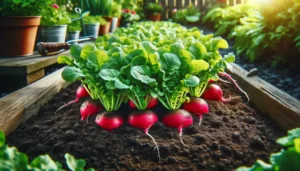
Thinning the seedlings early is also crucial; this involves removing some plants to give space for others to grow, which prevents overcrowding and ensures each radish develops properly. This quick-growing vegetable is not only easy to care for but also serves as an excellent introductory lesson in plant spacing and moisture management, skills that are transferable to more complex gardening tasks. Radishes can be harvested when they are small and tender, typically when their diameter reaches about one inch, providing a crisp, flavorful addition to salads and dishes.
Carrots
Carrots are a rewarding choice for beginners due to their straightforward growing requirements and the delightful surprise of pulling a beautiful vegetable out of the soil at harvest time. They prefer loose, sandy soil that allows their roots to penetrate deeply without resistance. When planting carrots, sow the seeds directly into the ground, as transplanting can lead to misshapen roots. Space the seeds adequately and thin the seedlings carefully to give each carrot room to grow. Carrots require consistent moisture to develop their sweet flavor and crisp texture, so regular watering is essential, especially during dry spells.

Mulching around the plants can help retain soil moisture and suppress weeds, reducing maintenance and improving yield. As carrots mature, their tops may emerge from the soil; covering them can prevent greening, which makes the roots bitter. Harvesting carrots can be done as soon as they reach a usable size, and continuous harvesting encourages the remaining carrots to grow larger. This root vegetable teaches patience and the reward of long-term care, making it an excellent crop for new gardeners to experience the joy of seeing their efforts come to fruition over time.
Green Beans
Green beans are an excellent choice for a beginner’s garden, offering both ease of growing and a generous yield. They come in two main types: bush beans, which grow in a compact form and do not require support, and pole beans, which climb and need trellises or stakes. Plant green beans in a location that receives full sun, as they thrive in warm conditions. The soil should be fertile and well-drained, and regular watering is necessary to keep the plants healthy, especially as they begin to flower and produce pods.
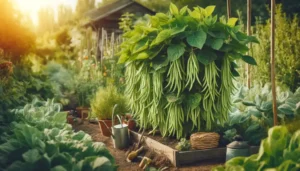
Green beans are particularly rewarding because they start producing quickly and continue to yield beans throughout the season if they are harvested regularly. This frequent harvesting encourages the plant to produce more beans, extending the harvest period and maximizing yield. Additionally, green beans are beneficial for the soil because they are legumes, which means they have the ability to fix nitrogen, enhancing soil fertility. This makes them not only a good choice for immediate results but also a strategic one for maintaining the health of your garden soil, which can benefit subsequent plantings.
Zucchini
Zucchini is a favorite among beginner gardeners for its vigorous growth and prolific production. This vegetable can produce large quantities of fruit from a single plant, making it an efficient use of space and a rewarding crop. Zucchini prefers warm, fertile soil and plenty of sunlight. When planting, ensure there is ample space between plants, as zucchini has a sprawling habit that requires room to expand. Regular watering is crucial, especially when the plants begin to flower and set fruit. A common challenge with zucchini is managing pests and diseases, such as squash bugs and powdery mildew; proper spacing for air circulation and avoiding wetting the leaves when watering can help mitigate these issues.

Zucchini should be harvested when the fruits are small to medium in size—about 6-8 inches long—which ensures the best flavor and texture, and encourages the plant to continue producing. Overgrown zucchini can become fibrous and less flavorful. Harvesting regularly not only keeps the plants productive but also allows you to enjoy the freshest possible vegetables from your garden.
Tomatoes
Tomatoes are an ideal choice for a beginner gardener’s vegetable plot due to their high utility in the kitchen and relative ease of cultivation. They require a warm, sunny spot in the garden and benefit greatly from support structures like cages or stakes, which help manage their growth and improve air circulation around the plant. Starting with young plants rather than seeds can make the process simpler and increase your chances of success. Tomatoes need consistent moisture to develop well and avoid problems such as blossom end rot; watering deeply at the base of the plant helps keep moisture levels steady and prevents fungal diseases from developing on the leaves.

Fertilizing regularly with a tomato-specific or vegetable fertilizer will provide the necessary nutrients for growth and fruit production. As tomatoes grow, they may require pruning to remove non-productive branches and focus the plant’s energy on producing fruit. This care helps ensure a bountiful and tasty harvest, making tomatoes not only a rewarding crop in terms of output but also a valuable learning experience in plant care and maintenance.
Peppers
Peppers are a versatile addition to any beginner’s garden, offering a range of flavors from sweet to hot. They thrive in warm, sunny conditions and well-drained soil, making them suitable for a variety of gardening settings. Peppers benefit from an early start indoors if you live in a cooler climate, as they need a long growing season to mature. Once planted outside, they should be spaced adequately to allow for air circulation, which is crucial for preventing disease. Peppers require consistent moisture to thrive, but their watering needs are moderate compared to more water-intensive plants.

Mulching around the base of the plants can help maintain soil moisture levels and suppress weeds, reducing maintenance. Staking or using cages can support the plants as they grow and prevent bending or breaking under the weight of the fruit. Harvesting peppers at the right time ensures the best flavor and encourages further production. Whether you prefer sweet bell peppers for salads or hot varieties for cooking, growing your own peppers can be a colorful and flavorful addition to your gardening experience.
Cucumbers
Cucumbers are a rewarding vegetable for beginners due to their fast growth and high yield. They prefer warm conditions and plenty of sunlight, making them perfect for summer gardening. Cucumbers are predominantly water, so they require frequent, deep watering to thrive, especially during hot weather. Planting them in rich, well-drained soil enriched with organic matter will support their rapid growth.
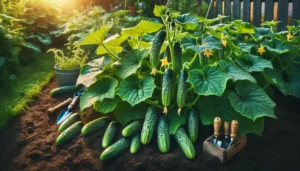
Using trellises for cucumbers not only saves space in the garden but also promotes healthier plants by keeping the fruits off the ground, reducing pest issues and fungal diseases. Cucumbers should be harvested regularly to encourage continuous production; leaving fruits on the vine too long can signal the plant to stop producing. This vegetable is versatile in the kitchen, ideal for fresh salads, pickling, or as a healthy snack, making it a satisfying addition to any beginner’s garden.
Spinach
Spinach is an excellent choice for beginners because it grows quickly and can tolerate cooler temperatures, which makes it suitable for early spring and fall planting. It prefers fertile, well-drained soil and can perform well in partial shade, which is advantageous in gardens with limited sunlight. Spinach should be watered regularly to maintain moist soil, especially during dry periods, as consistent moisture helps produce tender, flavorful leaves. It can be harvested at the baby leaf stage for salads or allowed to mature for cooking uses.
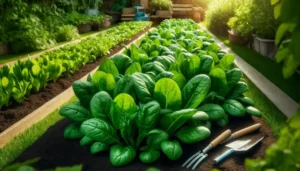
Frequent harvesting encourages the plants to produce more leaves and extends the harvesting window. Spinach is also rich in nutrients, making it a healthy addition to your garden and diet. Its quick growth cycle provides a fast reward for your gardening efforts, making it an encouraging crop for new gardeners.
Peas
Peas are perfect for beginners due to their simple cultivation requirements and the appealing nature of harvesting fresh pods right from the garden. They prefer cooler weather, which makes them ideal for early spring planting, and they can also be grown in fall in some climates. Peas need a support structure like a trellis or netting to climb, which helps maximize garden space and keeps the pods clean and easy to harvest. They should be planted in well-drained soil and watered regularly to keep the soil moist, which is essential for pod development.
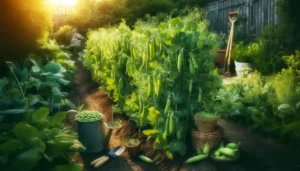
Peas are relatively low-maintenance but should be monitored for pests like aphids. Harvesting when the pods are firm and plump encourages continued production throughout the season. Peas also enrich the soil by fixing nitrogen, making them beneficial for garden health and excellent for rotation with other crops.
Summary
Starting your garden with these ten easy-to-grow vegetables provides a solid foundation for a fulfilling gardening experience. Each plant has been chosen not only for its ease of cultivation but also for its ability to introduce new gardeners to essential gardening skills. From understanding the importance of soil conditions and watering requirements to learning about pest management and harvesting techniques, these vegetables offer a comprehensive introduction to gardening. As you watch your plants grow and thrive, you will gain confidence and may feel inspired to experiment with more challenging crops in the future.
Gardening is a journey of continuous learning and enjoyment. By beginning with these user-friendly vegetables, you ensure a positive start, which can lead to a lifelong passion for gardening. Whether for the joy of harvesting your own food, the health benefits of fresh vegetables, or the satisfaction of creating beauty in your own backyard, gardening is a rewarding endeavor that enhances your quality of life.
FAQ
Q1: What is the best time of year to start a vegetable garden?
A1: The best time to start a vegetable garden is in the spring, after the last frost has passed. However, some vegetables like spinach and peas can be planted earlier, as they tolerate cooler temperatures.
Q2: How do I choose the best spot in my yard for a vegetable garden?
A2: Look for a spot that receives at least six hours of direct sunlight per day. It should also be relatively flat, have good drainage, and be accessible for regular watering and care.
Q3: What are some common pests to watch out for and how can I naturally control them?
A3: Common pests include aphids, slugs, and cabbage worms. Natural controls include introducing beneficial insects like ladybugs, using barriers such as row covers, and applying organic pesticides when necessary.
Q4: How much should I water my vegetable garden?
A4: Water your vegetable garden deeply but infrequently to encourage deep root growth. The exact amount depends on your soil and climate, but a general rule is an inch of water per week, either from rainfall or irrigation.
Q5: Are there any other easy vegetables I can try once I’ve mastered these?
A5: Once comfortable, consider expanding your garden with other easy-to-grow vegetables like beets, cauliflower, and Swiss chard. Each adds variety and new flavors to your garden.
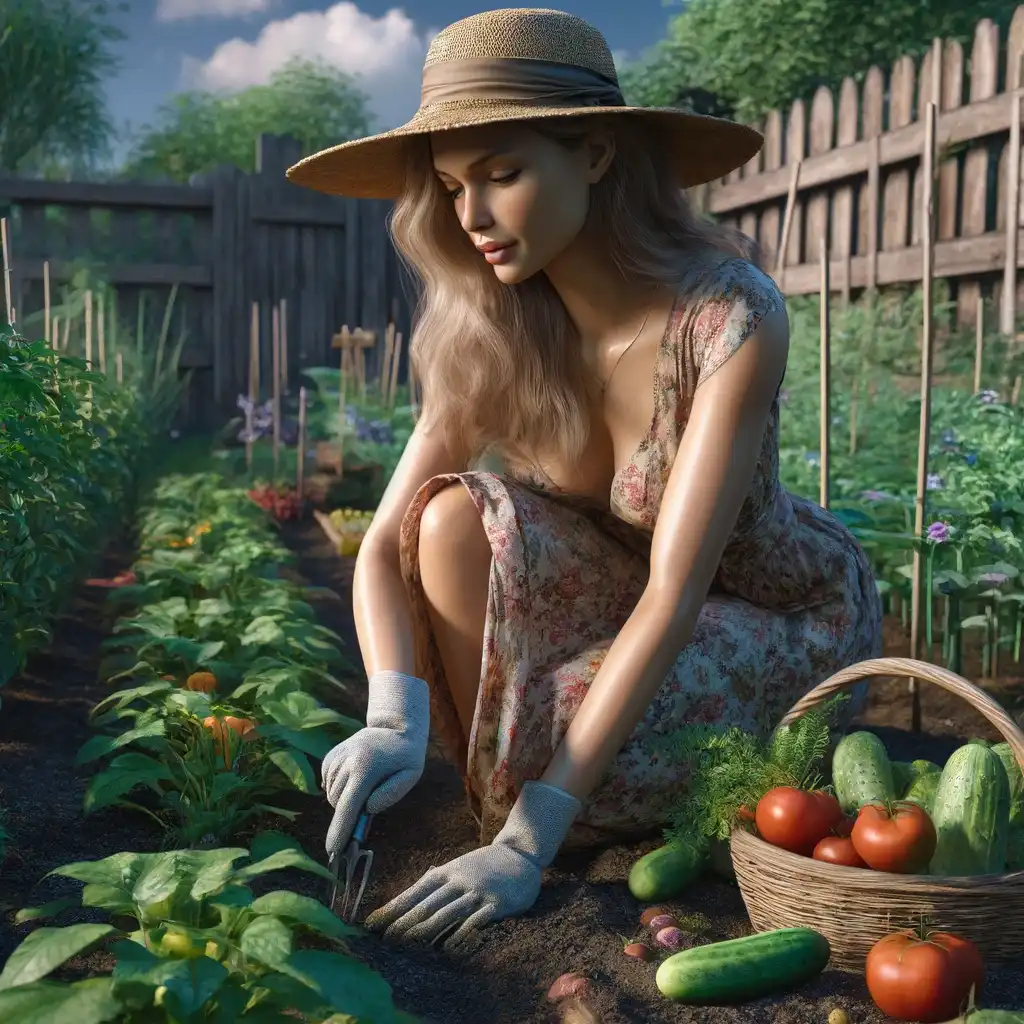
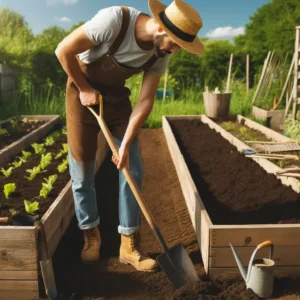
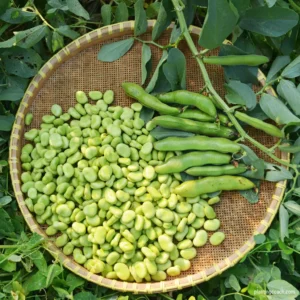
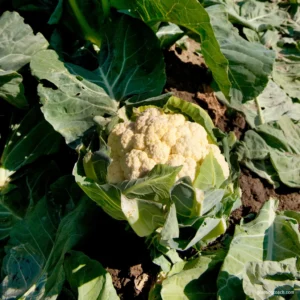
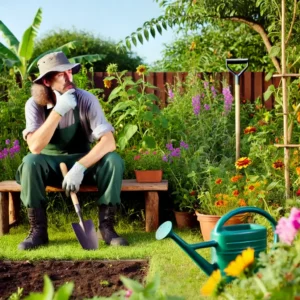

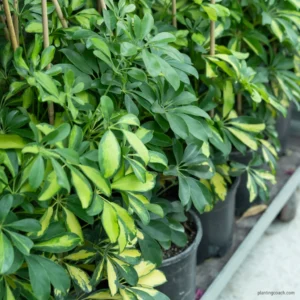
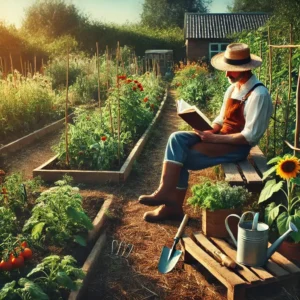
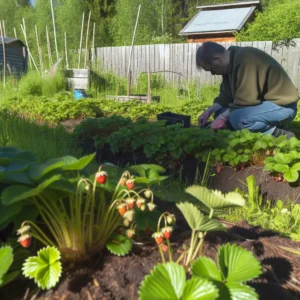
3 thoughts on “10 Best Easy-to-grow Vegetables for Beginners”